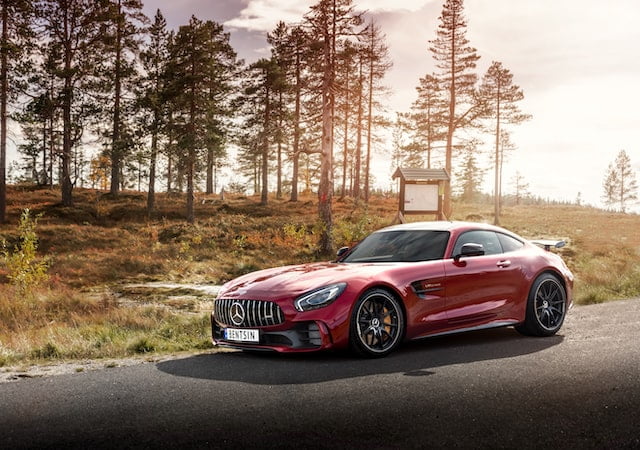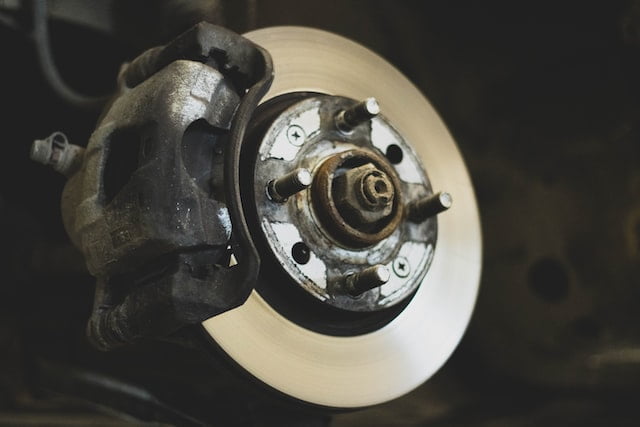The brakes may be the single most crucial part of your vehicle. The condition of your brakes directly affects your safety on the road. The brake caliper pistons are operated by the brake booster and master cylinder. The rotor is squeezed against the brake pad by the caliper, causing friction and slowing the vehicle.
However, if you decide to go in this direction, you must be aware of what to search for. In this piece, we’ll introduce you to some of the finest replacement brake rotors on the market for common automobiles.
Brake rotors with x-shaped holes
We next move on to brake rotors with cross-drilled holes. These are the best option if you live in a hilly or wet location since the holes in them allow water and heat to escape quickly. Your brakes’ effectiveness will increase in temperature and humidity.
These brake rotors are ideal for drivers who often encounter adverse weather conditions. Just remember that the drilled holes are weak areas, so they will wear out and shatter soon if you put them in a race vehicle and use them for high-speed driving. Not helping is the cyclical nature of the heat and cold.
Brake rotors with slots
This one’s for the big rigs! Slotted rotors are the way to go if you like off-roading or even simply driving higher vehicles like SUVs and trucks on the road. These are just as efficient as crossed-drilled rotors in dissipating heat and moisture. Slotted rotors, in contrast to crossed-drilled rotors, are not prone to clogging when exposed to dust, debris, dirt, or mud.
Most off-roaders prefer them to any other kind of tires. They may easily break if they aren’t of good quality, so be sure you get from a reputable manufacturer. Also, they grow increasingly loud with time, making them unsuitable for folks who spend most of their time driving in urban areas.
What materials make up brake rotors?
Everyone wants their brake rotors to last as long as possible, so durability is a major factor to consider when shopping for new ones. Your brake rotor’s performance and longevity depend on a number of factors, the most important of which is the kind, but also the substance from which it is made. Let me give you a brief summary.
Rotor brakes made of steel
Steel rotors have long been a favorite among racers because to their small weight and thin profile, which allows them to withstand high temperatures while also reducing the vehicle’s overall curb weight. However, they get noisy and worn out really rapidly. This is not the best material to use while navigating the city.
Rotors for the brakes are cast iron
Brake rotors are often made of cast iron. Due to its low price and high longevity, it is an excellent option for regular use. Cast iron rotors aren’t used in fast automobiles because of their increased weight.
Brake rotors made of layered steel
A layered steel rotor is one that has numerous steel sheets fused together to strengthen it, as opposed to a thin and lightweight steel rotor. They have far greater durability and are much less prone to warping. Their popularity among auto racers has increased in recent years.
Pads and rotors made of high-carbon steel
When compared to similar materials, they are very lightweight. Reduced stopping distances are to be expected from these rotors because of the rotational weight reduction of around 10 pounds. They don’t make as much noise and have less vibration. The main drawback is that they are more expensive, thus they are only suitable for high-performance vehicles.
Brake rotors made of aluminum
Aluminum rotors are prevalent on motorcycles but aren’t up to the task of stopping a heavy SUV, truck, or even a long-wheelbase car. The material’s relatively low melting point makes it vulnerable to rapid wear in automobiles. For cautious drivers who seldom need to stop hard, these rotors may still be a viable alternative.


